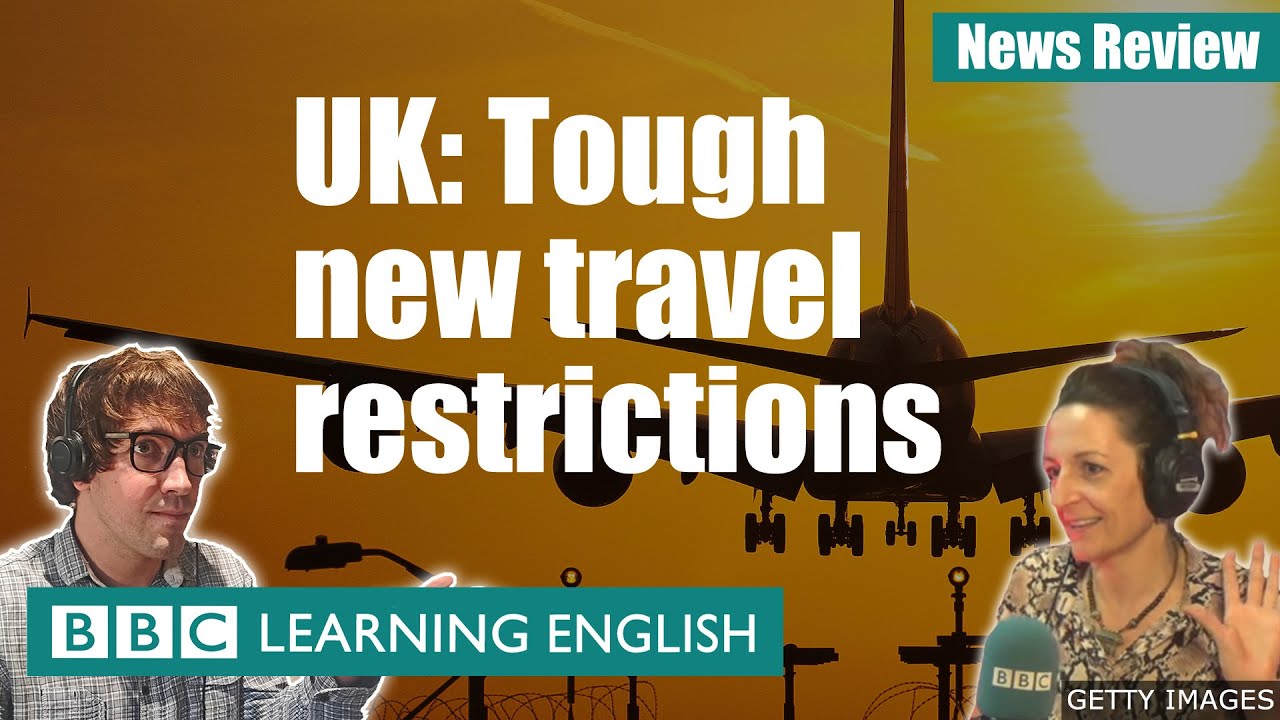The Impact of News Travel

The Impact of News Travel
What makes for news to travel? Is it more travel, more coverage? That’s a good question and the answer depends largely on whether the reporters or photographers are embedded in their own countries or are they reporting from an arena where they can be fairly confident that they won’t be attacked by any locals. But the truth is that many news agencies have decided to pull back on their reporting in foreign locations, if not for fear of putting people in danger, but more often than not because they simply don’t want to invest the time, money, and energy into getting local people to co-operate with them.
This has become especially evident over the last few years as social networks and online article directories have made it possible for anyone with a camera to upload videos, photographs, and news stories to their website, thereby allowing anyone with a computer and an internet connection to publish news wherever they like, with little or no notice to the media at all. This means that anyone with a desire to report news anywhere in the world can do so and the power of news travel isn’t limited to national or international news. It’s now possible for someone in New Zealand to upload a video of a tornado or to film a wildlife expedition in Tanzania and deliver it wirelessly to news organisations everywhere.
So why is this bad? Well, one of the problems with news travel being entirely driven by visual images is that it creates a vacuum that excludes certain forms of reporting. Such as environmental or animal rights issues, for example, which are often deeply controversial and difficult to cover without going against the grain of traditional media outlets that might otherwise shy away. It’s not that journalists covering such topics aren’t trustworthy or experienced: quite the opposite in fact.
The problem is that they’re being asked not to just report what’s happening, but to document the scene and make it accessible to people around the world. In other words, reporters and photographers are being asked not to be reporters or photographers, but rather to document and facilitate news travel. That means that they’re faced with a triple burden: reporting, photographing and publishing. There’s absolutely no room for in-depth reporting on environmental issues or natural disasters. This is why more news organisations are choosing to focus on the art of multimedia news-making.
Making news stories easier to share using multimedia, means that news travels faster. This is because journalists and videographers don’t have to spend months learning the process of actually filming, reporting and editing the video. Rather, they simply make use of media tools that make sharing news videos as easy as clicking a button. Even better, many news organisations are finding that it’s easier and quicker to simply outsource the work to news organisations that specialise in multimedia.
This makes sense. If a story can be told in 30 seconds or less, why spend weeks or months learning the process? Similarly, if you’re hoping to get the same amount of coverage (if not more) from a multimedia project, then the news travels faster. By choosing a specialist news organisation to outsource your work, you ensure that your news will reach its target audience.